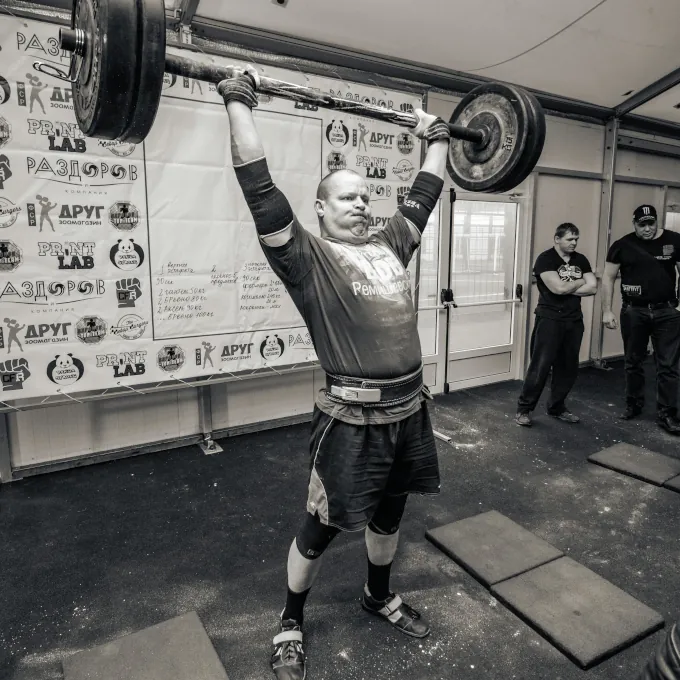Preventing & Managing Strength Pathologies: A Complete Guide for Athletes
2025-09-06

Strength-related pathologies are a common topic in gyms, but few people truly know how to avoid them. Driven by the desire to progress, we sometimes forget to listen to our bodies. This guide will give you the keys to mastering strength while preserving your body for the long term.
Understanding the Stakes: Your Body, Your Best Ally
Prevention is a proactive approach, to be implemented even when everything is going well. It’s crucial to understand how injuries occur and to never train through significant pain.
Pain, a Signal Not to Be Ignored
Pain is valuable information, not an enemy to be silenced. It doesn’t always reflect the extent of the damage, and its absence doesn’t mean everything is repaired. Painkillers mask the problem without solving it. Learn to decode what your body is trying to tell you.
Connective Tissues: The Silent Heroes
Fascia, tendons, ligaments, and cartilage are the pillars of your structure. They ensure fluid movement, joint stability, and the transmission of force. Neglecting them is asking for trouble.
The Foundations of Solid Training: Prevention Strategies
Effective training is a mix of science, art, and listening to your body.
Smart Progression
A gradual progression is non-negotiable, especially if you are a beginner or returning from a break. Avoid overtraining to prevent rhabdomyolysis, a dangerous form of muscle breakdown. Respect your body’s limits.
Master Your Technique: Your Armor
Perfect execution is your best protection against injuries.
- Warm-up: A thorough warm-up is essential, especially for the shoulders.
- Rotator Cuff: Strengthen these muscles to ensure optimal shoulder stability.
- Exercise Selection: Be wary of movements that create tendon friction or compression.
- Stretching: Moderate their intensity, as tendons do not appreciate excessive stretching.
Managing Range of Motion and Load
- The negative (eccentric) phase is often the most stressful. Handle it with care.
- A large range of motion under load increases tension on the tendons. Progress gradually.
- Vary exercises, loads, and ranges of motion to protect your tendons.
The Art of Recovery
It’s during recovery that the body rebuilds itself. Your tendons and fascia need much more time to recover than your muscles. Splitting your training is an excellent strategy to allow them to regenerate.
Targeted Tissue Support
Each tissue has unique needs.
- Fascia: Regular exercise prevents fibrosis. Collagen supplementation (5-10g/day) and proper recovery are essential.
- Tendons: Hydration is crucial. Long, light sets (50-100 reps) promote repair. Collagen also aids in healing.
- Ligaments: Balanced muscle strengthening compensates for potential laxity.
- Cartilage: Its regeneration is slow. A well-designed training program and supplements (glucosamine, chondroitin) can help.
The Holistic Approach: Beyond Training
- Nutrition and Hydration: Collagen, gelatin, and good hydration are the fuels for recovery.
- Sleep: Quality sleep is essential for tissue repair.
- Posture and Mental Well-being: Avoid prolonged sitting and take care of your mental health.
Adopting a scientific approach, listening to your body, and integrating a holistic strategy will allow you to last in your practice. True strength is the ability to endure.
Ready to take it to the next level?
Download GymLog, the app that helps you track your progress, plan your workouts, and stay motivated. Transform your training today!